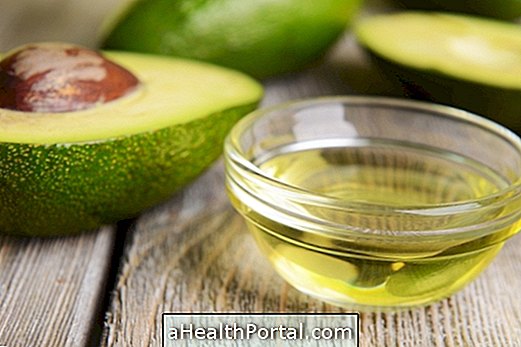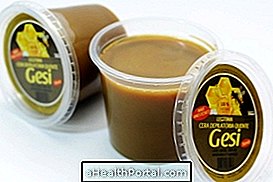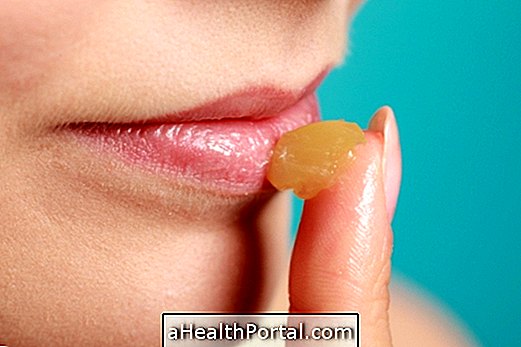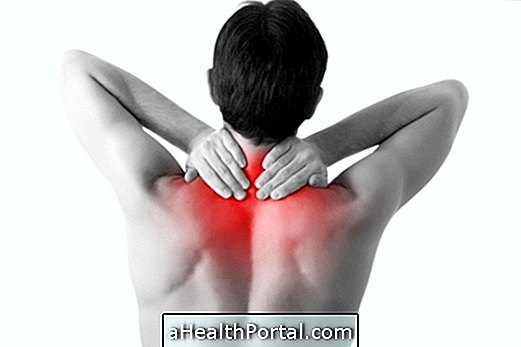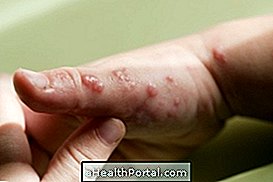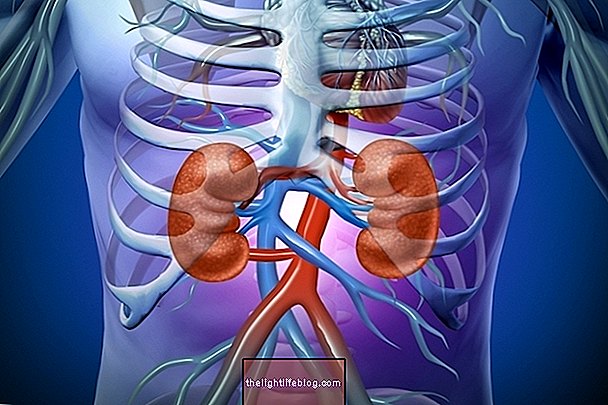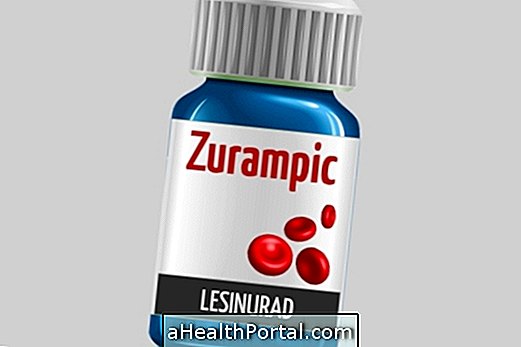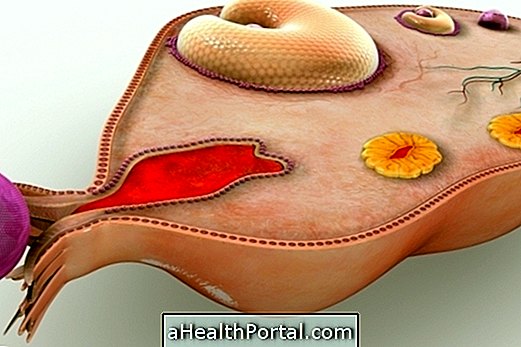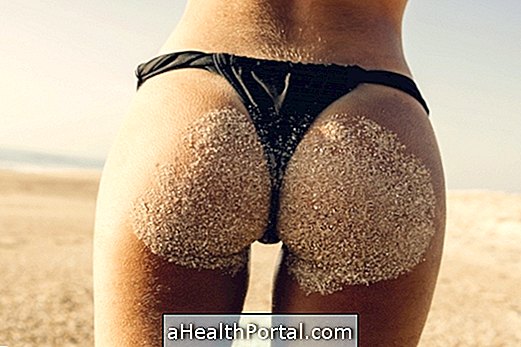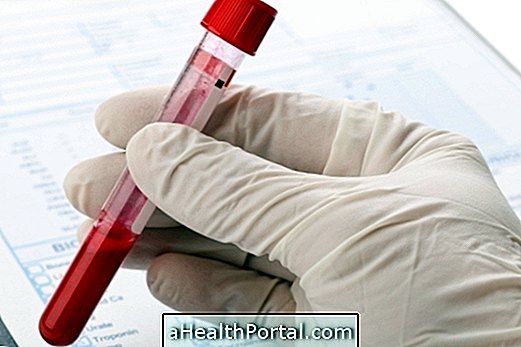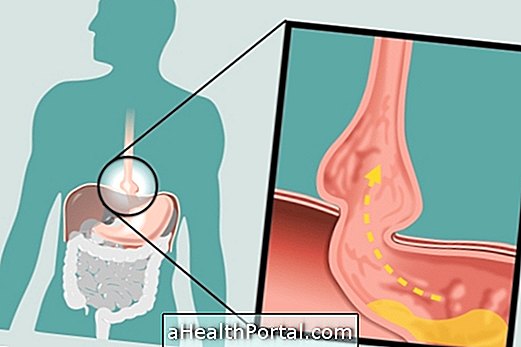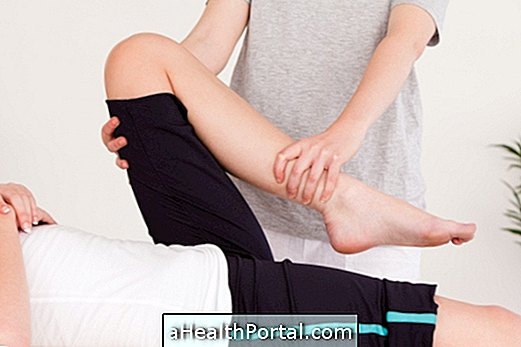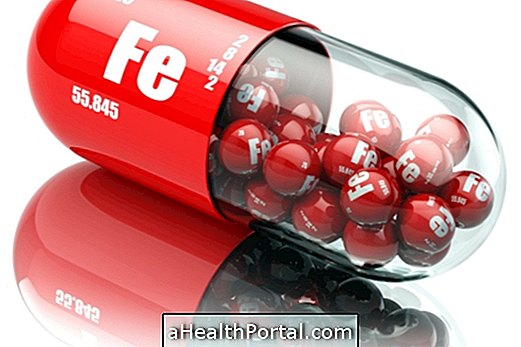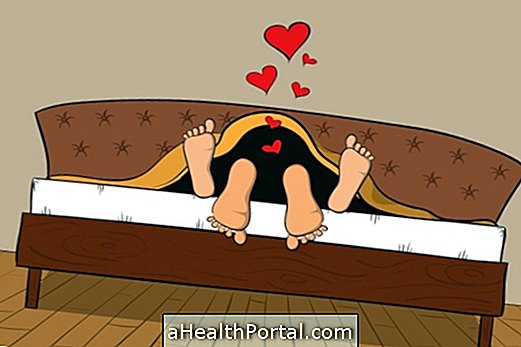Pre-therapy is a mechanical lymphatic drainage performed by a device that looks like large boots that cover the entire leg, abdomen and arms. In this equipment the air fills these 'boots' which presses the legs and the abdomen rhythmically, which allows mobilize the lymph and improve blood circulation.
What is it for and how to do
This mechanical lymphatic drainage is an excellent treatment to eliminate excess fluids from the body, being particularly useful to be performed:
- After a plastic surgery or an aesthetic treatment like lipocavitation;
- To combat cellulite;
- To disinfect the abdominal region, and despite not removing the fat, helps to decrease the measures and so 'thin';
- Lymphedema in the arm after removal of the breast;
- For those who have spider veins, varicose veins of small to medium caliber, or suffer with fluid retention and your legs are swollen with feeling heavy and sore;
- In case of chronic venous insufficiency, where symptoms such as bloating, darkening of the skin or eczema appear, which cause pain, fatigue and feeling of weight in the legs;
- During pregnancy because it completely eliminates swollen legs and feet, promoting the health and well-being of the pregnant woman, but should not be used on the belly to avoid causing discomfort.
Each session lasts 30 to 40 minutes and can be performed daily if necessary. To improve the efficiency of the treatment one can place a cushion under the legs of the person, so that they are higher than the heart, which also facilitates the venous return.
This treatment can be performed in aesthetic or physical therapy clinics, but must always be supervised by a qualified professional.
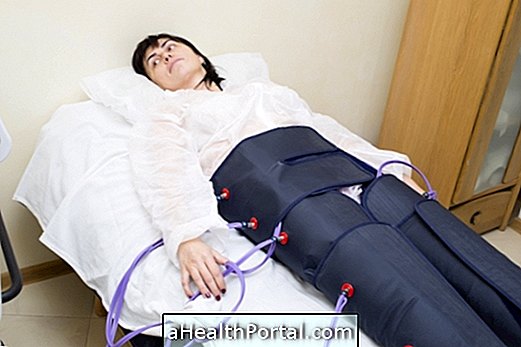
Advantages and disadvantages
The main difference between pre-therapy and manual lymphatic drainage is that the equipment always puts the same pressure on the body, and therefore, although it helps, manual lymphatic drainage can be more efficient because the body is pieceworked and the therapist you can stay longer in an area that needs more. In addition, in manual drainage all fluid is directed by sessions, while in pressure therapy the pneumatic pressure occurs over the entire limb at one time.
Thus, for pre-therapy to have better results, it is necessary to do about 10 minutes of manual lymphatic drainage near the neck and in the lymph nodes of the knees and groin, so that the procedure is performed more efficiently. If this care is not taken the effectiveness of the pressoterapia is diminished. A good way to assess whether the treatment has been successful is to increase the urge to urinate shortly after the end of the session.
With this, it can be concluded that doing only the presotherapy is not as efficient as doing a manual lymphatic drainage session, but that when performing at least the emptying of the lymph nodes manually before starting the pre-therapy, it already increases its effectiveness.
When not to be performed
Mechanical lymphatic drainage is contraindicated in case of:
- Fever;
- Infection or wound in the area to be treated;
- Varicose veins of great caliber;
- Cardiac changes such as heart failure or arrhythmia;
- Tingling sensation in the treated areas;
- Deep venous thrombosis manifests with severe pain in the calf;
- On the belly during pregnancy;
- Cancer and its complications, such as lymphedema (but lymphatic drainage may be allowed);
- People who use heart pacemaker;
- Lymph node infection;
- Erysipelas;
- Fracture not yet consolidated at the site to be treated.
In these cases, pre-therapy could be detrimental to health and therefore contraindicated.
